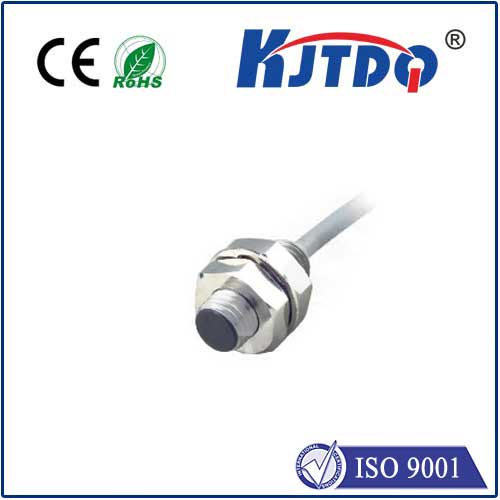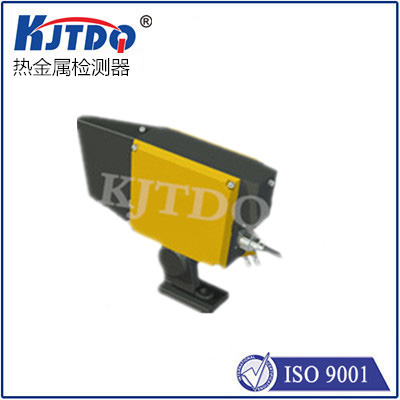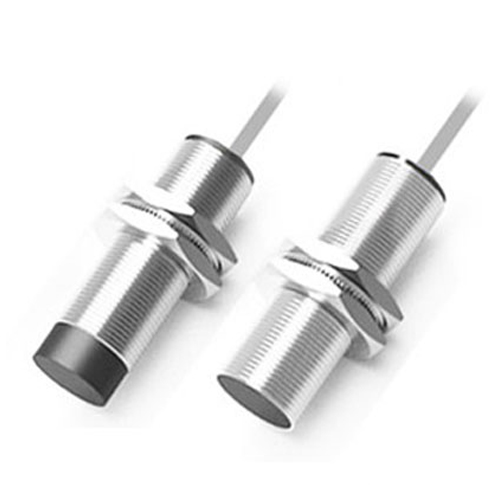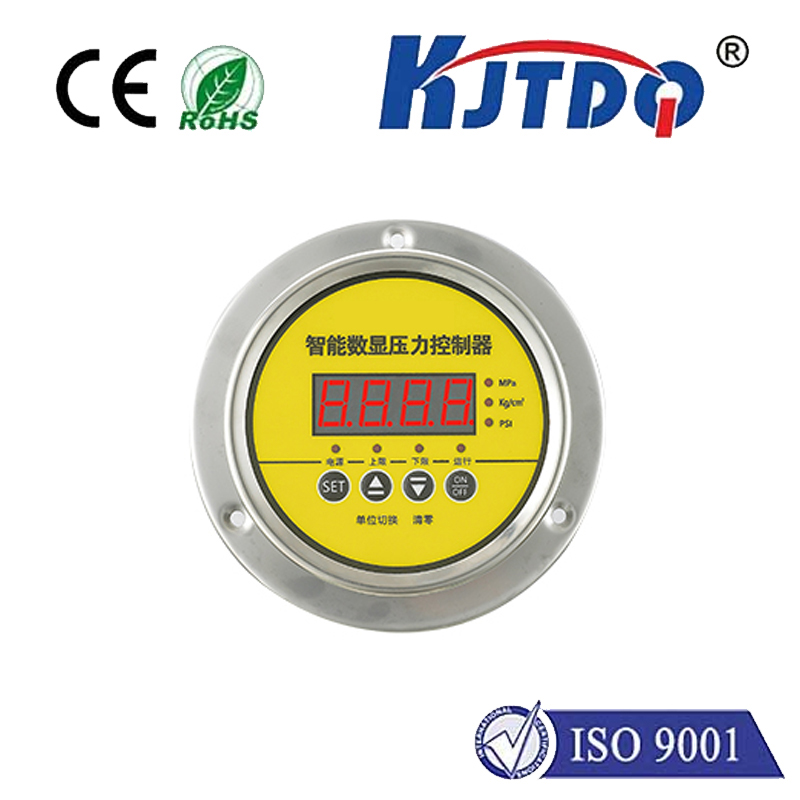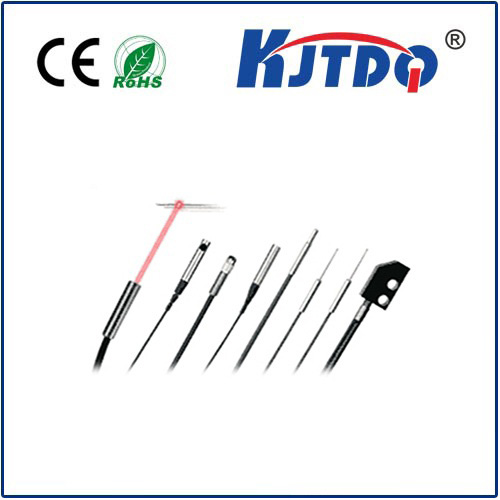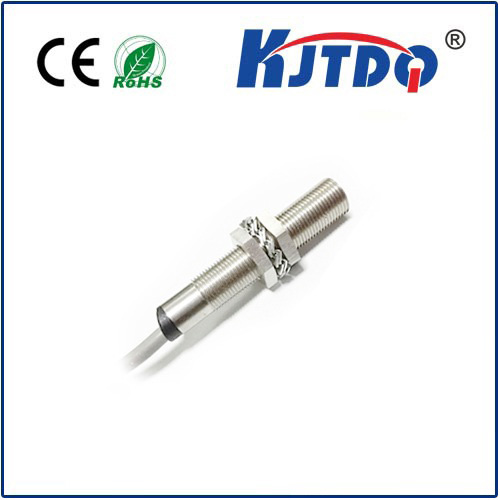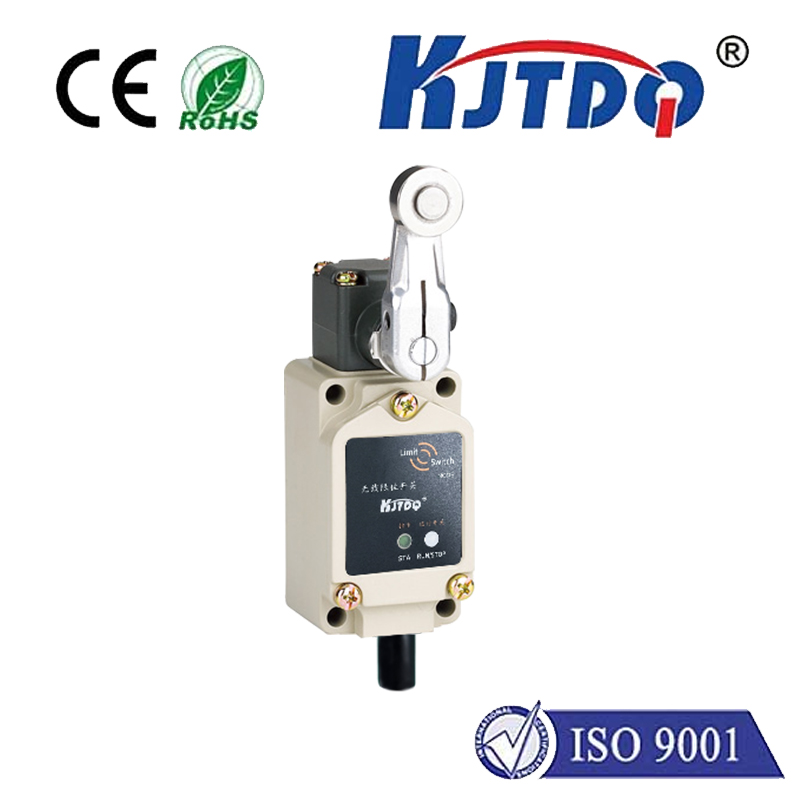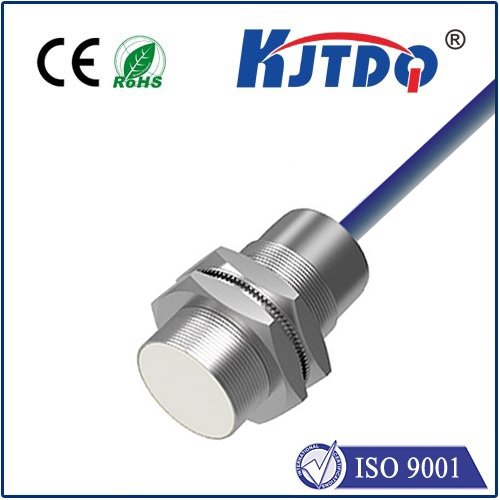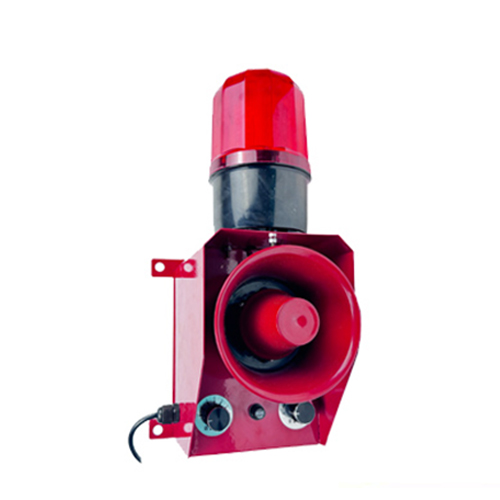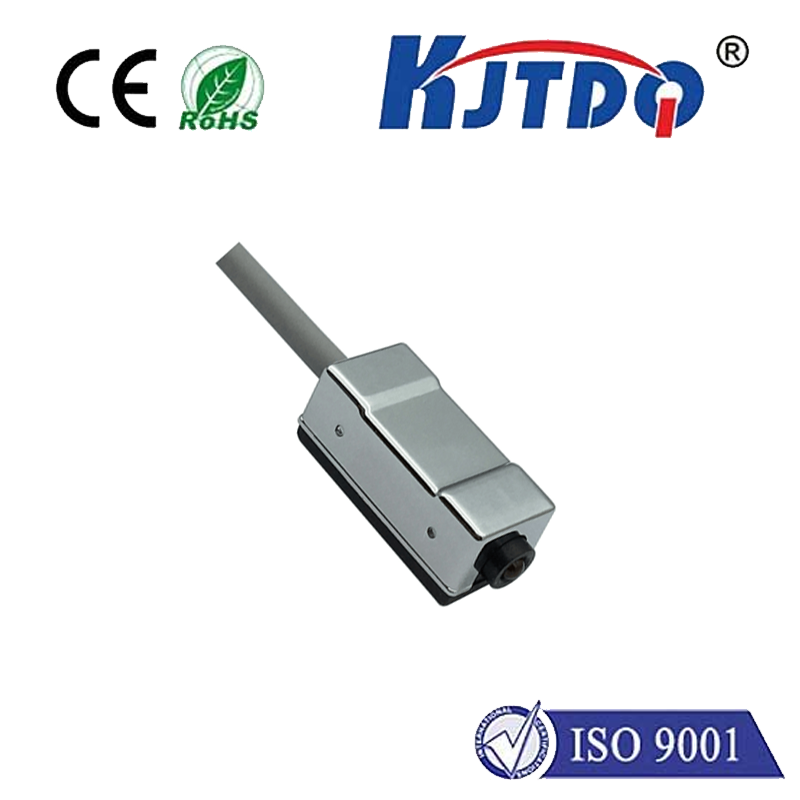E3H2-R2C4M-M1-N m12 photoelectric sensor
- time:2025-10-09 13:14:07
- Нажмите:0
Unlock Precision Detection: The E3H2-R2C4M-M1-N M12 Photoelectric Sensor Explained
In the intricate dance of modern automation, where precision, reliability, and speed are non-negotiable, the humble photoelectric sensor plays a starring role. Among the vast array of options, the E3H2-R2C4M-M1-N M12 photoelectric sensor stands out as a robust solution for demanding applications. Understanding its specific capabilities is key to unlocking its full potential for enhancing efficiency and reducing downtime on the factory floor.
The Unseen Guardian of Industrial Flows
Imagine a high-speed packaging line. Bottles whizz by, labels need precise application, cases must be filled to exact counts, and pallets stacked perfectly. A single missed detection can cause jams, waste product, or even damage machinery. This is where photoelectric sensors like the E3H2-R2C4M-M1-N act as the unseen guardians. They operate tirelessly, using beams of light to detect the presence, absence, or position of objects – ensuring every step happens correctly, every time.
Decoding the Model: E3H2-R2C4M-M1-N

The nomenclature itself tells a story about the sensor’s core capabilities:
- E3H2: Often indicates the sensor series or housing style (typically a rugged cylindrical body).
- R2: Signifies the operating principle: Retro-reflective. This type uses a combined emitter and receiver in one housing, reflecting light off a dedicated reflector placed opposite. Detection occurs when an object interrupts this reflected beam. This setup simplifies wiring compared to through-beam sensors while offering substantial sensing ranges.
- C4M: This is crucial! C4M denotes the specific sensing range – 4 meters (approx. 13 feet). This extended range offers significant flexibility in sensor placement, making it ideal for applications where objects pass at a distance or larger machinery requires monitoring.
- M1: Likely references the output configuration (commonly indicating a PNP Normally Open (NO) transistor output).
- N: Often signifies the connection type: Pre-wired cable or specific connector type (commonly indicating a fixed cable).
- M12: Specifies the thread size of the sensor body – 12mm diameter. This is an incredibly common industry standard, ensuring compatibility with a vast range of M12 mounting brackets, adapter nuts, and protective accessories. It facilitates quick and secure installation.
Why Choose a Retro-Reflective M12 Sensor like the E3H2-R2C4M-M1-N?
The E3H2-R2C4M-M1-N M12 photoelectric sensor brings together several advantages that make it a workhorse in industrial settings:
- Generous Sensing Distance (4m): The 4-meter range is a standout feature. It allows detection of objects much farther away than standard diffuse sensors. This is invaluable for monitoring conveyor transfers, large machinery clearances, pallet presence in racks, or detecting vehicles/trolleys in defined zones. Effectively bridging gaps simplifies system design.
- Simplified Installation & Alignment: Unlike through-beam sensors requiring careful alignment of separate emitter and receiver units across a distance, the single-unit retro-reflective design significantly reduces setup complexity. You install the sensor on one side and position the reflector opposite; alignment focuses on ensuring the beam hits the reflector squarely.
- Rugged and Compact M12 Form Factor: The M12 threaded body is synonymous with industrial durability. It provides excellent resistance to vibration and impact. Its compact size allows installation in tight spaces where larger sensors wouldn’t fit. The standardized thread enables quick mounting using ubiquitous M12 mounting accessories.
- Reliable Performance: Engineered for industrial environments, these sensors typically offer resistance to ambient light interference, dust, and minor splashes (often rated IP67). Stable detection reduces false triggers and ensures consistent operation.
- Cost-Effective Solution: Compared to the dual-unit setup of through-beam sensors, the single-housing retro-reflective design, combined with the prevalence of M12 components, often translates to a more economical solution, especially for longer-range applications where multiple through-beam pairs would be needed.
Where Does the E3H2-R2C4M-M1-N Shine? Applications Galore
The extended 4m sensing range of the R2C4M variant opens doors to numerous applications:
- Pallet Handling & Warehouse Automation: Detecting pallet presence on conveyors, in racks, or at loading docks over moderate distances.
- Large Machinery Safety: Monitoring access gates or guard positions on large presses, robots, or CNC machines.
- Conveyor Transfer Points: Ensuring product is present for transfer between conveyors spaced apart. Detecting jams at transfer points.
- Vehicle/Trolley Detection: Sensing the movement or position of AGVs (Automated Guided Vehicles), forklifts, or carts in defined pathways or parking zones.
- Roller Door & Gate Control: Detecting the fully open or closed position of large industrial doors or gates.
- Bulk Material Handling: Monitoring fill levels in large bins or silos where sensors need to be mounted away from dusty material. Detecting large objects on conveyors.
- Packaging Lines: Verifying case presence before filling, detecting large outer cases on lines.
Key Considerations for Optimal Use
While powerful, maximizing the performance of your E3H2-R2C4M-M1-N M12 photoelectric sensor requires attention to detail:
- Reflector Selection: Ensure you use a reflector specifically designed for photoelectric sensors and compatible with the sensor’s light type (usually red or infrared LED). Proper reflector size and mounting are critical for reliable long-range detection.
- Mounting Stability: Both the sensor and reflector must be mounted securely to prevent vibration or accidental misalignment, which is crucial over a 4m distance. Utilize robust M12 mounting brackets.
- Environmental Factors: While resistant, extremely heavy dust, thick fog, or direct intense ambient light hitting the reflector can potentially cause issues. Consider protective shrouds or sunlight-resistant reflectors if needed.
- Object Characteristics: Retro-reflective sensors rely on interrupting the light beam. Highly reflective or transparent objects might be challenging to detect consistently with this model; diffuse or polarized retro-reflective sensors might be alternatives.
Выводы
The E3H2-R2C4M-M1-N M12 photoelectric sensor, with its specific retro-reflective (R2) operation, impressive 4-meter sensing range (C4M), and robust M12 threaded body, is a testament to focused engineering for industrial automation. Its combination of long reach, simplified installation inherent in the retro-reflective principle, compact durability, and cost-effectiveness makes it an exceptionally versatile tool. When you need reliable object detection across significant distances, this sensor offers a proven and readily integrable solution, solidifying its position as a reliable cornerstone in countless material handling, packaging, and machinery safety systems. Understanding its model code unlocks its power – E3H2-R2C4M-M1-N means robust, long-range detection simplified.

